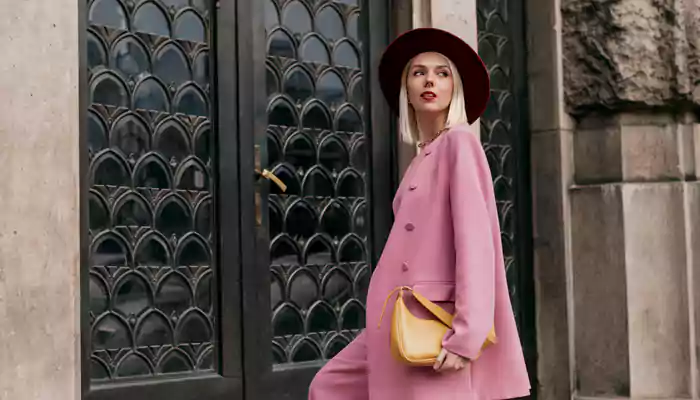
Choosing clothing is more than just picking what looks good on the rack. Numerous factors play a role in determining our clothing choices, from cultural traditions to body image.
Understanding these factors can help individuals make informed decisions about their attire and allow designers to better cater to the diverse needs of their clientele.
Our cultural background largely dictates what we wear. In some cultures, modesty is of utmost importance, leading to clothing that covers most of the body. In others, bright colours might be used to signify certain celebrations.
What our peers deem fashionable or appropriate can heavily influence our clothing choices. Younger individuals, especially, might feel the need to wear what's trending to fit in.
Cultural and social events, such as weddings, funerals, and festivals, often have specific dress codes. For instance, wearing black at Western funerals or red at Chinese weddings is customary.
The weather plays a crucial role in clothing selection. Woollen clothes in winters, cotton in summers, and raincoats during monsoons are chosen primarily for comfort and protection against the elements.
Work attire varies by profession. A construction worker might prioritize safety and wear a helmet and reflective jacket, while a corporate executive might lean towards suits.
Athletes and fitness enthusiasts often require specialized clothing that provides flexibility, sweat-wicking properties, and support.

Our mood often dictates our clothing choices. Some people might wear bright colours when they're feeling cheerful or choose darker shades during sombre moments.
Clothing is a way to express oneself. It can reflect our personality, beliefs, and affiliations. For instance, a graphic tee might showcase a favourite band or political stance.
How one perceives their body can influence clothing choices. Some might opt for looser garments to hide perceived flaws, while others might wear form-fitting clothes to accentuate certain features.
Not everyone can afford high-end brands or designer wear. Many base their choices on what they can afford, seeking the best quality within their budget.
Some individuals consider the longevity and versatility of a piece. Investing in a pricier, timeless piece that can be worn repeatedly might be deemed more economical than buying a trendy item that loses its appeal after a season.
Fashion is ever-evolving, and many individuals enjoy keeping up with the latest trends. Magazines, fashion shows, influencers, and celebrities play a pivotal role in shaping what's "in" and what's "out."
Some people have a liking for natural fabrics like cotton or silk, while others might prefer synthetics. Allergies or sensitivities can also dictate fabric choices.
For many, comfort trumps all other factors. They prioritize how the clothing feels on the body, its fit, and ease of movement over aesthetics.
With growing awareness of environmental concerns, many people now prioritize eco-friendly fabrics and sustainable production processes.
Issues like child labour, unfair wages, and poor working conditions in the fashion industry have led to a rise in demand for ethically produced clothing.
Many individuals have strong affiliations to certain brands because of their consistent quality, fit, or brand message. This loyalty can heavily influence their purchasing decisions.
The factors affecting our clothing choices are multifaceted and interwoven. They provide a glimpse into our values, preferences, and the societal structures we navigate. Whether conscious or subconscious, these factors play a pivotal role in shaping our wardrobe and, by extension, our identities.